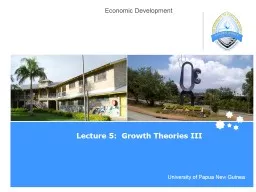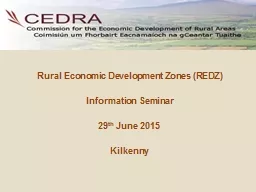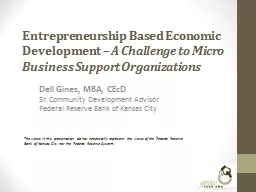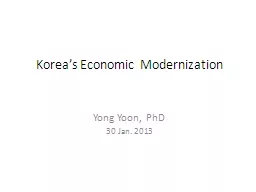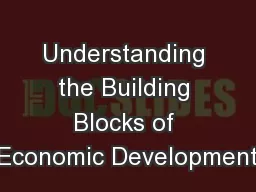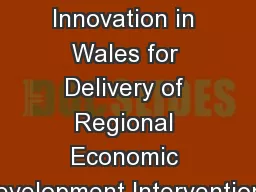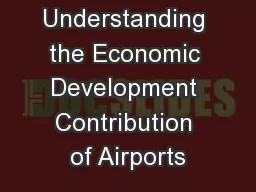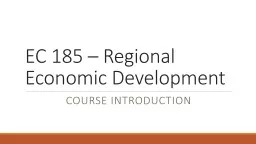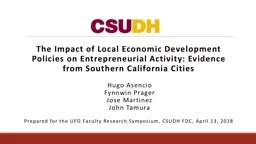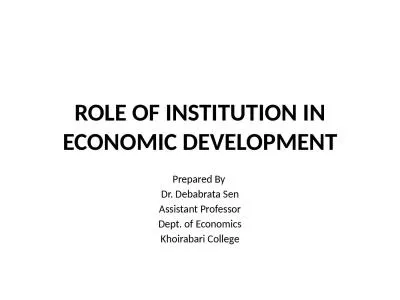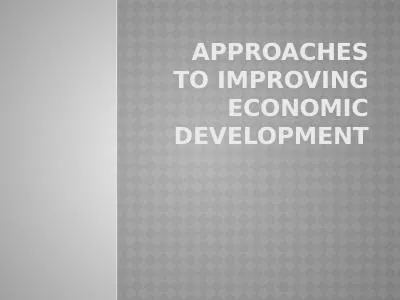PPT-Economic Development
Author : tawny-fly | Published Date : 2018-01-07
Lecture 8 Agriculture Overview Agriculture An overview Case Study The Green Revolution International institutions Focus by regions Case Study Cut flowers in Kenya
Presentation Embed Code
Download Presentation
Download Presentation The PPT/PDF document "Economic Development" is the property of its rightful owner. Permission is granted to download and print the materials on this website for personal, non-commercial use only, and to display it on your personal computer provided you do not modify the materials and that you retain all copyright notices contained in the materials. By downloading content from our website, you accept the terms of this agreement.
Economic Development: Transcript
Download Rules Of Document
"Economic Development"The content belongs to its owner. You may download and print it for personal use, without modification, and keep all copyright notices. By downloading, you agree to these terms.
Related Documents

